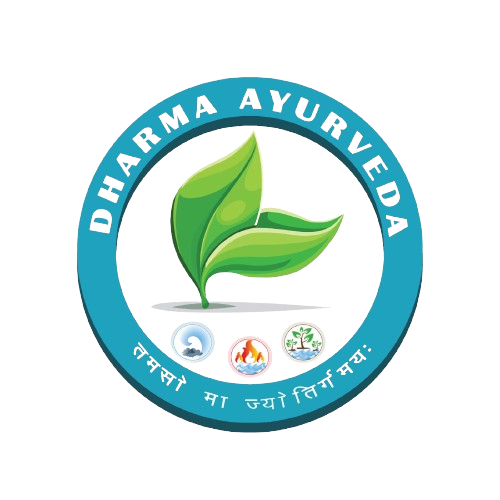Nature’s Remedy:
Ayurvedic Approach to RHEUMATOID ARTHRITIS Relief
Rheumatoid Arthritis
Ayurveda is an ancient Indian medicine that treats and manages rheumatoid arthritis holistically, as identified in the Ayurvedic texts as “Amavata.” It involves dietary changes, herbal remedies, detoxification therapies, and lifestyle adjustments that balance the body’s energies and relieve symptoms. Ayurvedic treatment aims to cure RA long-term rather than just symptomatically relieving it. It ensures overall health by bringing the body back into balance within systems. However, it is important to seek professional advice from a qualified Ayurvedic practitioner to suit the needs of an individual patient so that they do not use inappropriate medicine or procedures.

Symptoms
- Pain: Persistent joint pain usually in hands, wrists and feet but can involve any joint.
- Swelling: Swollen joints that are tender on touch.
- Stiffness: Morning stiffness, especially after no movement for some time; this can last one hour or more.
- Redness and Warmth: Joints appear red, accompanied by a heat sensation in the affected areas.
- Symmetrical Involvement : RA often affects both sides of the body symmetrically (e.g., the joints).
- Fatigue: It is a common condition that manifests itself severe enough to be incapacitating.
- Fever: A low-grade fever may exist.
- Weight Loss: Unintentional weight loss due to inflammation throughout the body.
- Weakness: General weakness plus weakened muscles around affected joints.
- Joint Deformities: In the long run, chronic inflammation can lead to joint deformities and functional loss.
- Reduced Range of Motion: This may be limited by stiffness as well as pain in the affected joints.
- Rheumatoid Nodules: Hard lumps beneath the skin, often near pressure points or joints.
- Skin: Rheumatoid nodules and rashes of the skin.
- Eyes: Dry eyes, pain, redness, and inflammation (Episcleritis or Scleritis).
- Lungs: Inflammation and scarring of lung tissue (interstitial lung disease).
- Heart: Increased risk for cardiovascular disease. The heart lining becomes inflamed (pericarditis).
- Blood Vessels: Blood vessels become inflamed (vasculitis), leading to harm in different organs.
Principles of Ayurvedic Treatment for Rheumatoid Arthritis

Detoxification (Panchakarma)
- Vamana (Therapeutic Emesis): This method provokes vomiting, which helps flush out toxins from the upper gastrointestinal tract.
- Virechana (Purgation): This technique uses herbal laxatives that cleanse the lower gastrointestinal tract.
- Basti (Medicated Enema): These involve administering enemas with herbal decoctions or oils to remove toxins stuck deep in the colon.
- Raktamokshana (Bloodletting): It is used selectively to purify blood from toxins.
- Snehana (Oleation): Internal and external application of medicated oils for softening and mobilizing toxins.
Herbal Remedies
- Guggulu (Commiphora mukul): Helps reduce joint inflammation and pain; it has anti-inflammatory potential.
- Ashwagandha (Withania somnifera): Boosts immunity, reduces stress, acts as an adaptogen, lowers inflammation.
- Turmeric (Curcuma longa): Curcumin present within has powerful antioxidant and anti-inflammatory properties.
- Shallaki (Boswellia serrata): Another herb that has anti-inflammatory properties which can help reduce joint pain and restrictions of movement.
Dietary Modifications
- Anti-inflammatory Diet: Emphasis on foods that reduce inflammation, such as leafy greens, ginger, garlic, and turmeric.
- Avoiding Ama-Producing Foods: Eat less heavy, greasy, fried, processed food that creates an accumulation of endogenous toxic substances(ama).
- Enhancing Digestion: Spices such as cumin, coriander, and fennel improve agni digestion fire, thereby preventing ama formation.
Lifestyle and Behavioral Changes
- Daily Routine (Dinacharya): A balanced life through maintaining regular sleeping patterns, exercise and personal care.
- Stress Management: This is achieved by using practices such as yoga, pranayama and meditation to lower stress levels and enhance mental well-being.
- Adequate Rest and Gentle Exercise: Activities such as walking and swimming can keep joints mobile without too much straining
Topical Applications
- Medicated Oils and Pastes: Affected joints are applied with oils such as Mahanarayan oil or pastes made of herbal powders for pain relief and improved mobility.
